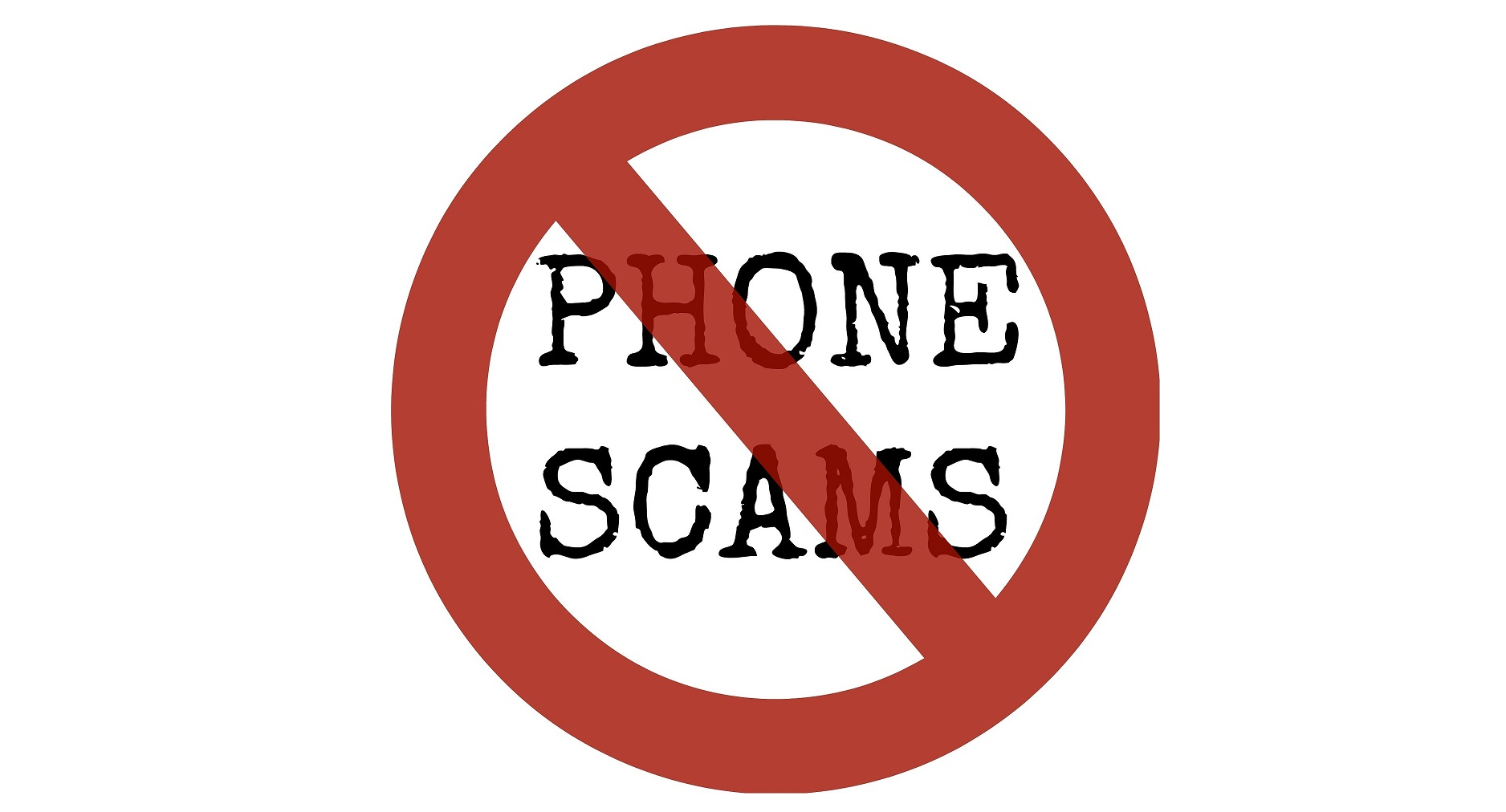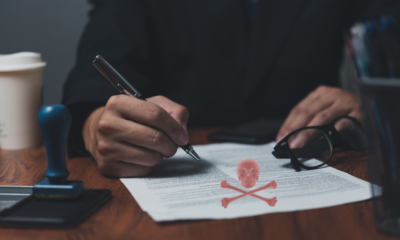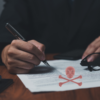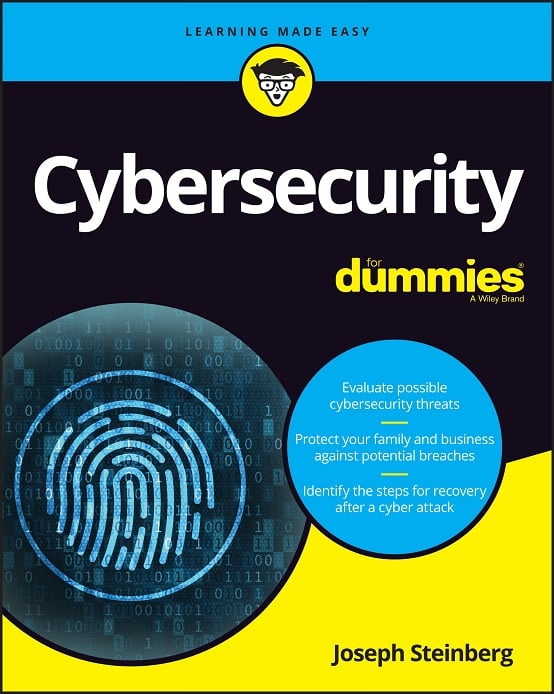Do Not Return a Call or Text From These Area Codes – It May Be a Scam
A scam that seems to reappear periodically is back and helping criminals steal people’s money. Protecting yourself is simple – if you know how the scam works.
So, here is what you need to know to protect yourself from the three variants of the scam:
What is the scam?
1. In the first version of the scam, criminals target their victims simply by calling them (usually from a robocall autodialer which supplies caller ID information that the victim will not recognize)–and hanging up before anyone answers, thereby arousing the call recipient’s natural curiosity. Criminals sometimes do this several times in succession–so victims see a call coming in repetitively from some number they don’t recognize, further increasing the chances that their curiosity will cause them to call back.
2. In another variant of the scam, the criminals don’t hang up quickly, but rather wait for the intended victim to answer the call, at which point the robocaller plays a recording of someone crying for help or the sounds of someone in need of medical attention or under attack–and then hangs up. Obviously, many good-hearted people are likely to call back in such a situation. Some criminals may do the same, pretending to be a collection agency, a law enforcement official, or a doctor treating a close relative.
3. In the third version of the scam, a criminal sends a text message similar to the voice recording in variant 2–explaining that he or she is in danger and needs help–often making it appear as if the message was sent by accident to the wrong recipient. The criminal may ask for you to call or to text back.
In all of these cases, the criminal wants you to call or text back.
These calls are likely part of what is commonly known as the “473 Scam,” “Ring and Run Scam,” or “One Ring Scam,” and the numbers displayed on your caller ID or sent in a text message are likely premium numbers. You will be charged–sometimes quite a bundle–for any calls that you make, or text messages that you send, to them.
What should you do?
It’s quite simple to protect yourself: Do not call or text back.
How do I know if it is a scam call or text?
The name “473 scam” comes from the fact that criminals have been known to use caller IDs with the area code 473–which appears to be domestic, but is actually the area code for the island of Grenada and several other islands outside the United States that, like the U.S., use country code +1. Calls placed to 473 numbers are international calls, not typically included in calling plans, and can run up quite a bill. Also, the criminals perpetrating 473 scams often establish premium numbers–the equivalent of the 900 numbers that were popular in the United States in the pre-internet era. Calls to such numbers can sometimes cost more than $20 for the first minute! (In fact, a couple decades ago, similar scams used to be run from within the United States–criminals would send messages to people’s pagers (remember those?) paging them from premium numbers with the hope that the recipients would call back and be charged for the calls.)
Of course, the 473 scam is run from area codes other than 473–at the bottom of this story is a list of area codes that appear domestic (because they use country code +1), but are, in fact, international.
Are there other numbers I need to worry about?
In addition to the list of international numbers that “look American,” keep in mind that Canada and various U.S. territories are also part of country code +1–and while scammers do not typically run 473 scams from Canada or U.S. territories, some domestic telephone plans do not consider calls to these areas to be a domestic or free calls. For that reason, I have included lists of U.S. territory and Canadian area codes below as well.
Are there lessons to learn from this scam?
The history of the 473 scam reveals an important point you need to know in order to stay safe.
After most Americans became aware that 900 numbers were premium numbers, criminals started to use other areas codes–often 809 (the Caribbean islands)–which led to this scam even being known as an 809 scam. After sufficient media coverage educated enough folks not to return calls to area code 809, criminals shifted to other areas codes–assisted by the implementation of many new area codes over the last two decades–making it far more difficult for people to recognize which numbers are domestic and which are not. Of course, the fact that today’s phones allow people to respond quickly to text messages and missed calls means that people are less likely than during the era of pagers to reconsider whether it’s a good idea to respond before they call or text back. Also, psychologically speaking, humans are more likely to become alarmed when hearing the voice of another human crying for help than when seeing a text message–giving today’s scammers another edge up over their counterparts two decades ago. Scammers adapt their techniques as technologies and awareness levels change.
As far as lessons, here is the bottom line:
If you miss a call, whomever called can send you a text message (or leave a voicemail). If they did neither, and you don’t know who called, don’t worry about it. Also, remember that it’s unlikely that someone you do not know who is in distress at a location with which you are not familiar would dial a random number in another country and ask you to help them–they would call the police.
Here are the current international area codes within the +1 country code:
242 — Bahamas
441 — Bermuda
784 — St. Vincent and Grenadines
246 — Barbados
473 — Grenada, Carriacou, and Petite Martinique
809, 829, and 849 — Dominican Republic
264 — Anguilla
649 — Turks and Caicos
868 — Trinidad and Tobago
268 — Antigua
664 — Montserrat
876 — Jamaica
284 — British Virgin Islands
721 — Sint Maarten
758 — St. Lucia
869 — St. Kitts and Nevis
345 — Cayman Islands
767 — Dominica
Here are the U.S. Territories’ area codes (listed by territory):
American Samoa — 684
Guam — 671
Northern Mariana Islands — 670
Puerto Rico — 787 and 939
U.S. Virgin Islands — 340
Here are the Canadian area codes (listed by province):
Alberta — 403, 587, and 780
British Columbia — 236, 250, 604, and 778
Manitoba — 204 and 431
New Brunswick — 506
Newfoundland — 709 (879 is being added in 2018)
Northwest Territories — 867
Nova Scotia — 902
Nunavut — 867
Ontario — 226, 249, 289, 343, 365, 416, 437, 519, 613, 647, 705, 807, and 905
Quebec — 418, 438, 450, 514, 579, 581, 819, and 873
Saskatchewan — 306 and 639
Yukon — 867
Nationwide — 600 (and possibly 622, 633, 644, 655, 677, and 688)
U.S.-Canada Numbers to Beware:
Area code — 900
Also — Canadian numbers that begin 976 after the area code (These can be like 900 numbers. The U.S. used to have such numbers as well. Numbers beginning 540 in New York used to also be premium numbers, but these should no longer be in service.)
This article originally appeared in Inc.













 CyberSecurity for Dummies is now available at special discounted pricing on Amazon.
Give the gift of cybersecurity to a loved one.
CyberSecurity for Dummies is now available at special discounted pricing on Amazon.
Give the gift of cybersecurity to a loved one.